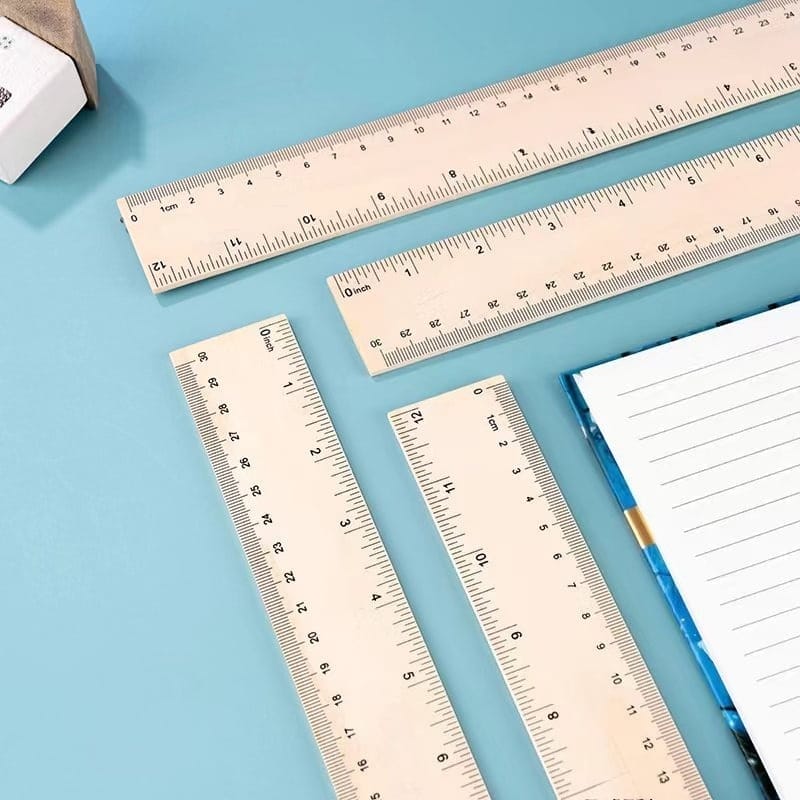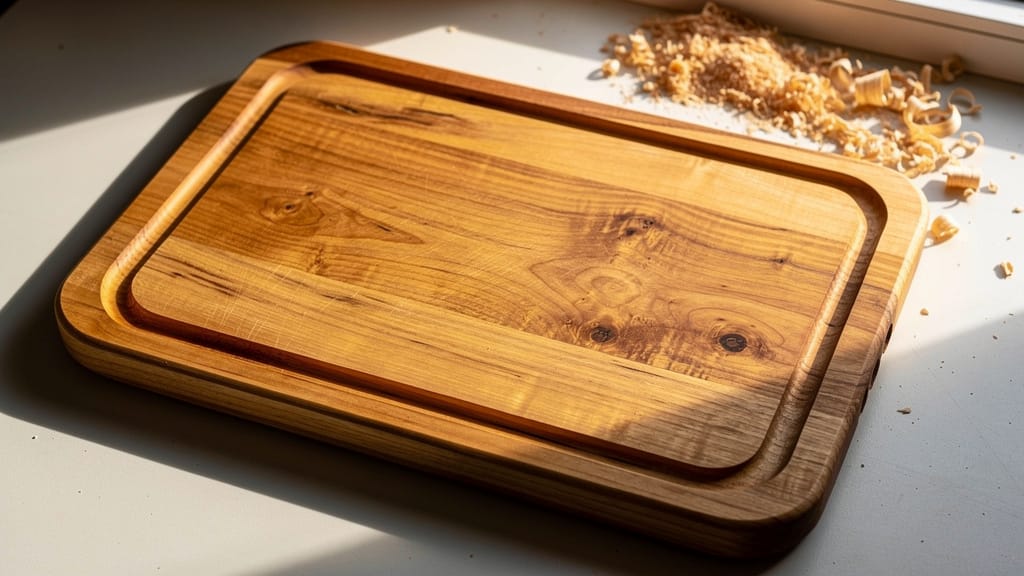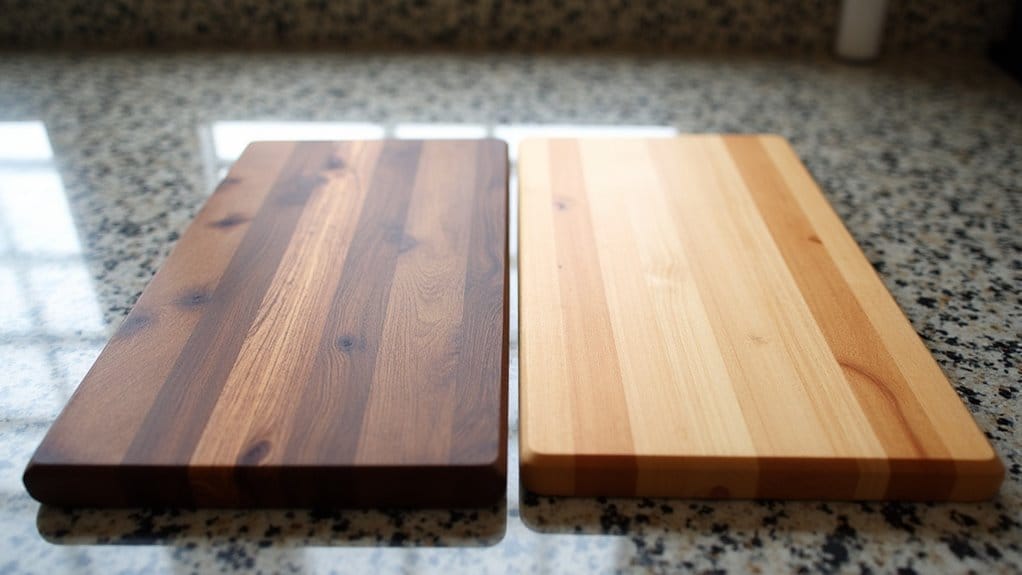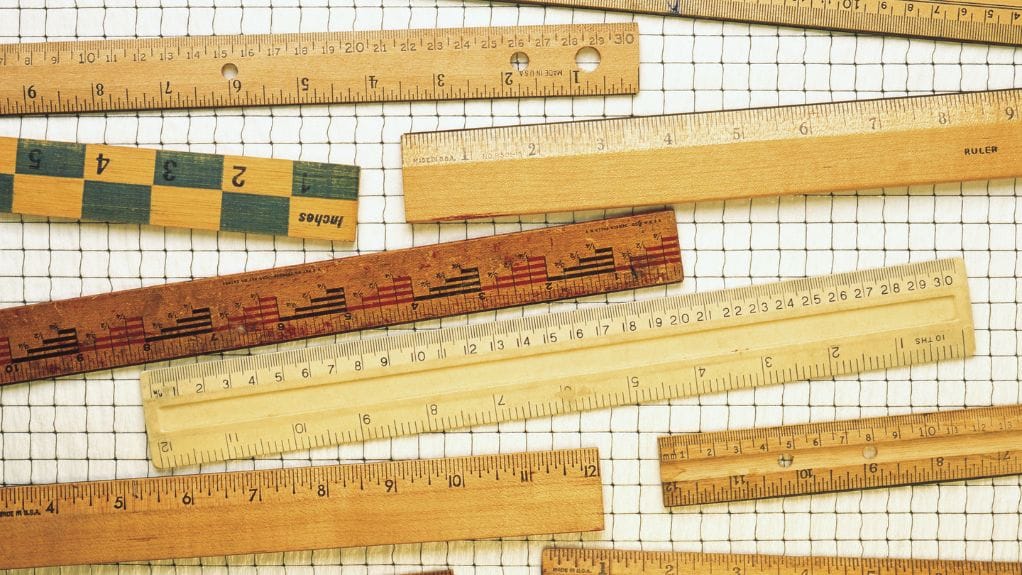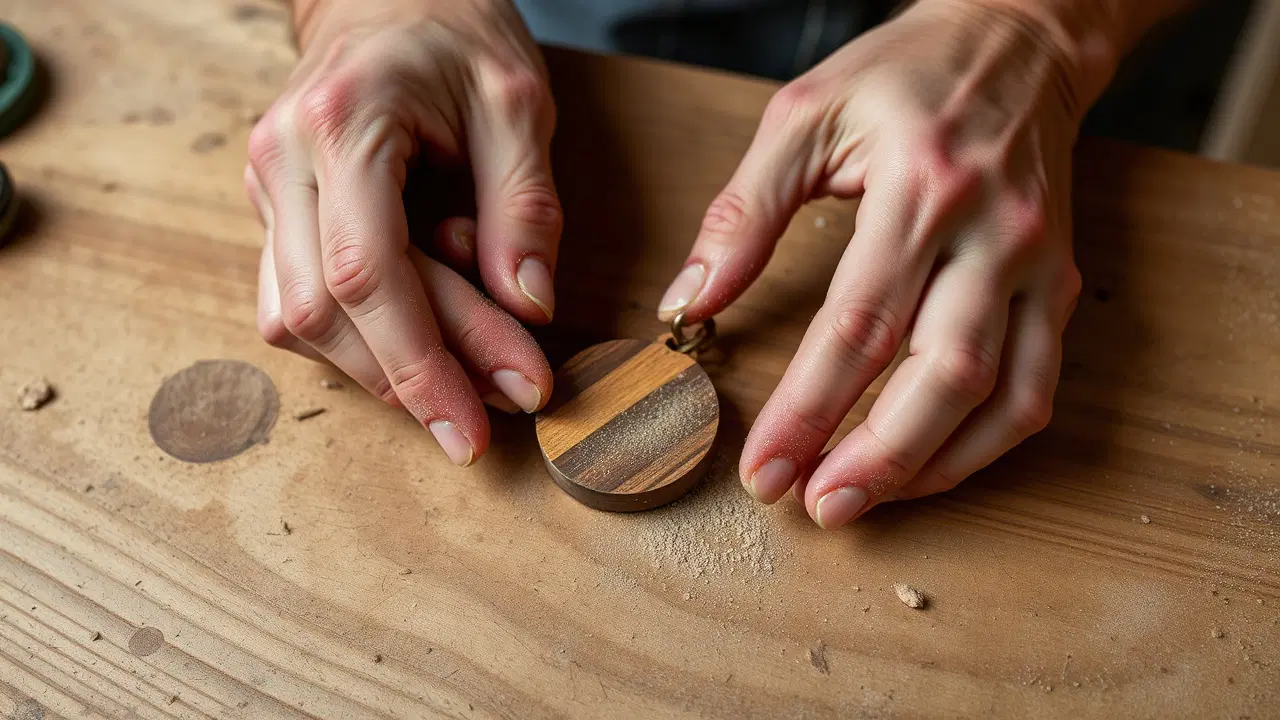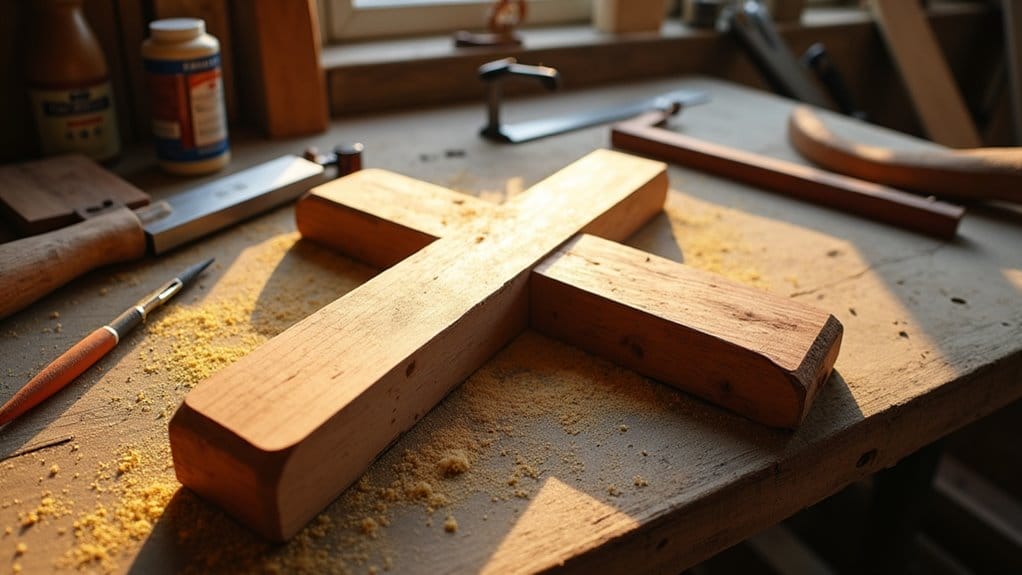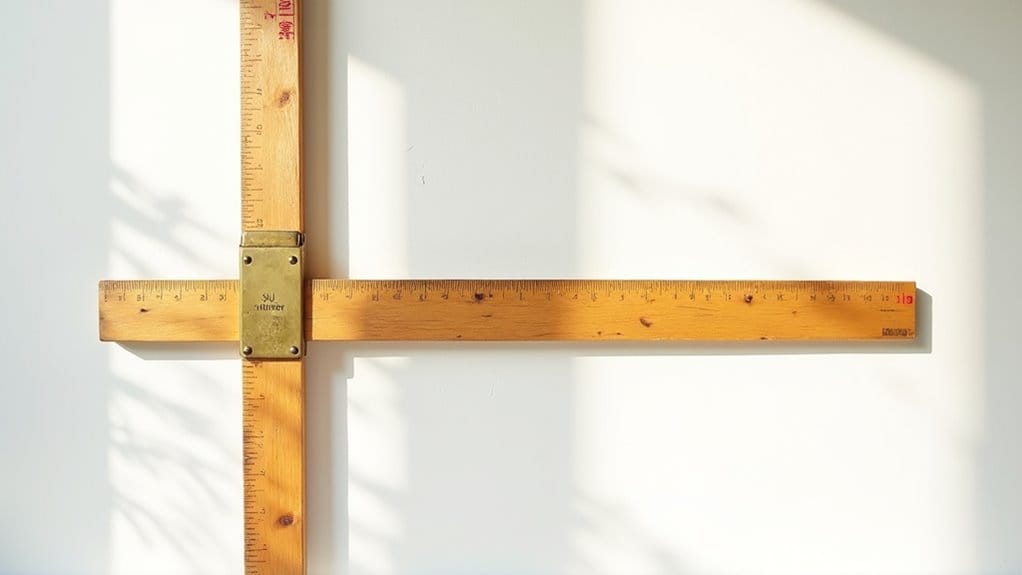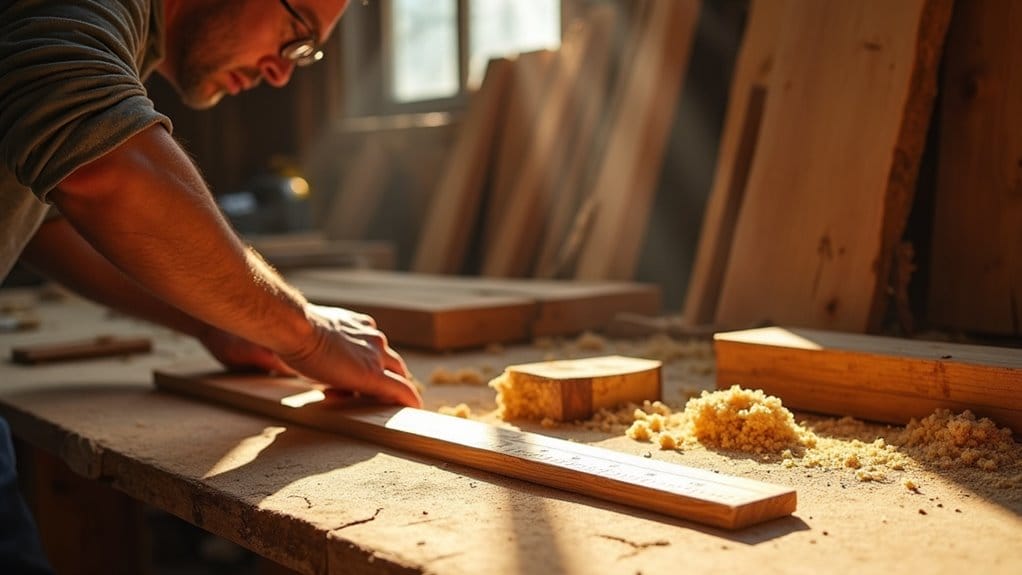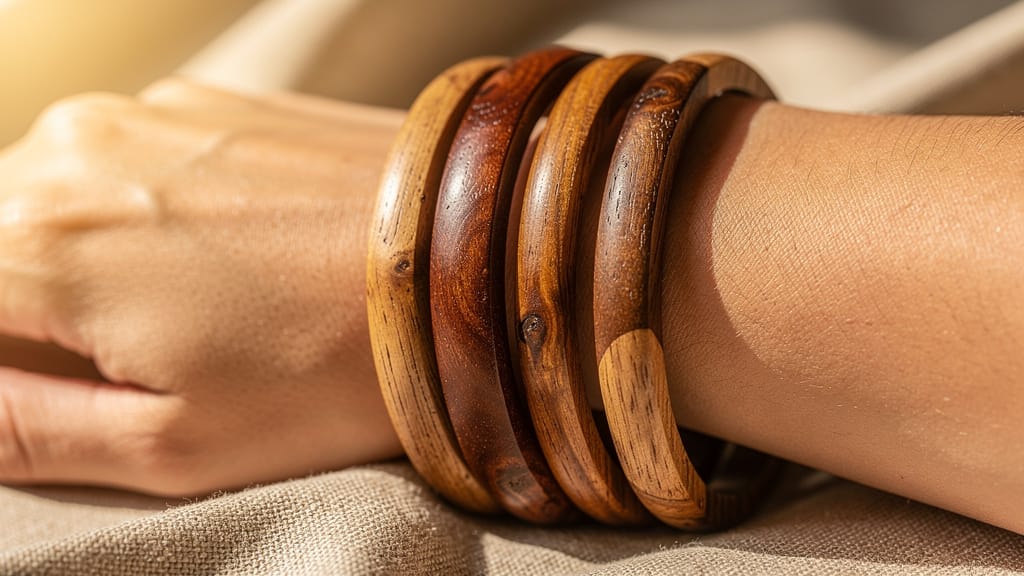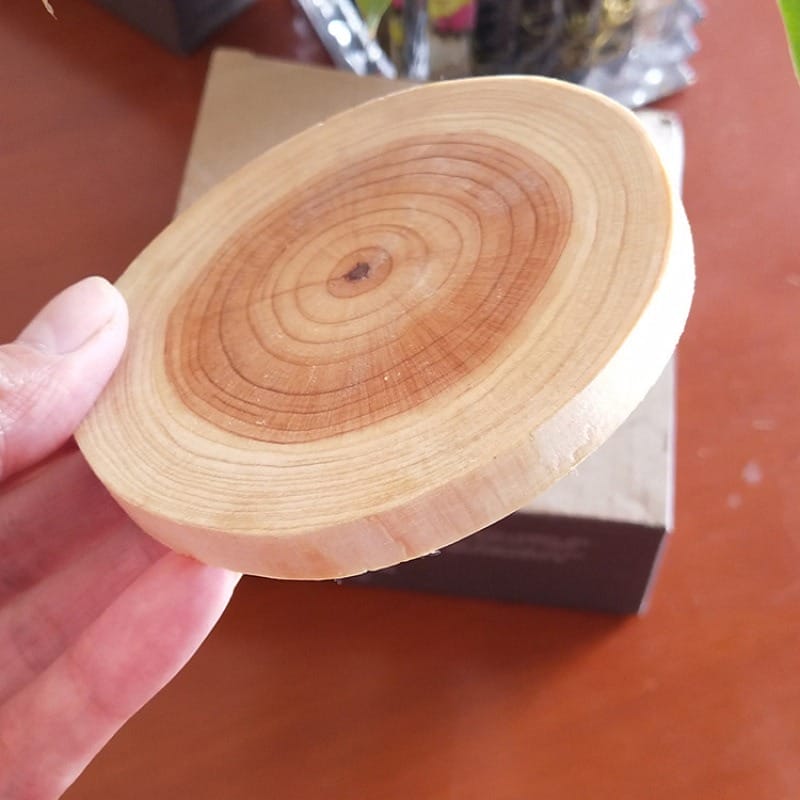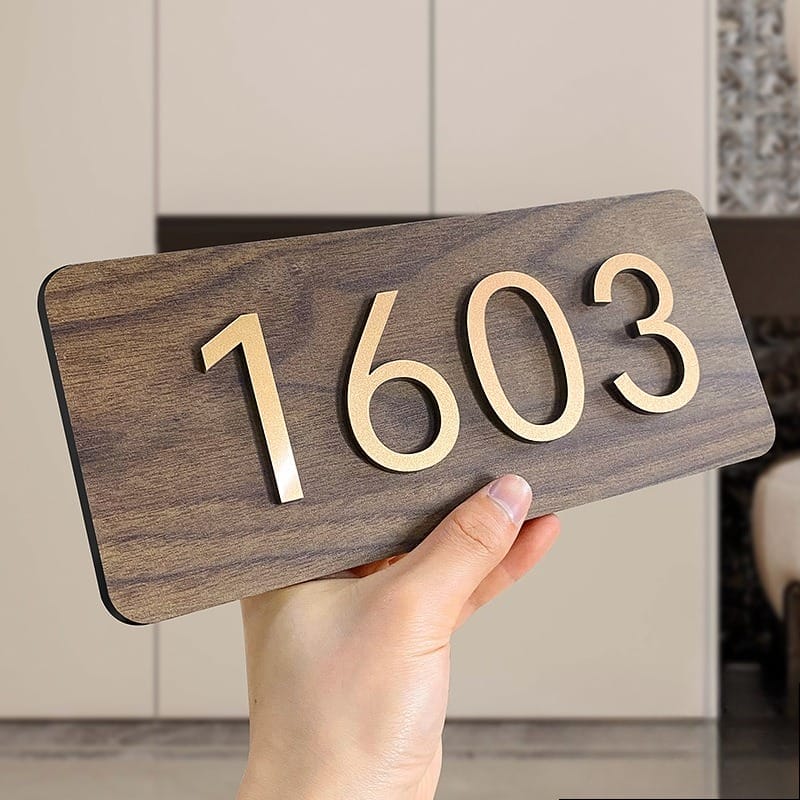When you’re selecting best wood for your laser engraving projects, you’ll quickly discover that not all materials perform equally under the beam. Your choice of wood can mean the difference between crisp, detailed results and muddy, burned edges that diminish your design’s impact. While popular options like maple and cherry often deliver excellent results, you’ll need to contemplate several critical factors before making your final selection. Let’s explore the specific characteristics that make certain woods ideal for laser applications.
Key Takeaways
- Maple leads as the top choice for laser engraving due to its dense grain structure, providing excellent detail and precise cuts.
- Birch plywood offers stability and consistent results across projects, making it ideal for both beginners and professional applications.
- Cherry wood creates striking contrast when engraved, with its reddish-brown tones enhancing the visual appeal of finished pieces.
- Hardwoods generally produce crisper, more defined engravings than softwoods because of their tighter grain patterns.
- Choose wood with less than 12% moisture content and low resin levels to prevent warping and ensure clean engraving results.
Different Types of Wood for Laser Engraving and Cutting

When selecting wood for your laser engraving project, you’ll encounter three primary categories: hardwoods, softwoods, and engineered materials like plywood and MDF (Medium-Density Fiberboard).
Hardwoods, such as maple and walnut, typically produce sharper, more defined engravings due to their dense grain structure, while softwoods like pine offer faster cutting speeds but may result in less consistent burn patterns.
Plywood provides versatility and stability for larger projects, and MDF delivers consistent results at a lower cost point, though both engineered options may require specific laser settings to prevent edge charring.
Hardwood vs. Softwood: Which is Best for Laser?
The choice between hardwoods and softwoods considerably impacts your laser engraving results.
Hardwoods typically offer superior engraving quality due to their higher density and tighter wood grain structure. You’ll achieve crisper edges and finer detail with hardwoods like maple, walnut, and oak.
Softwoods, having lower density, require less laser power but produce deeper engraving depth. However, their loose grain pattern can result in inconsistent burns. Pine and cedar may show irregular engraving lines due to varying densities between growth rings.
For precision work, choose hardwoods when detail matters most.
Select softwoods when deeper engraving or faster cutting is your priority.
Plywood: Advantages and Disadvantages for Laser Work
Plywood’s layered construction offers unique benefits and challenges for laser engraving projects. The engineered wood sheets provide exceptional stability and resistance to warping, while their smooth surface guarantees consistent engraving depth.
You’ll find that plywood’s thin layers of wood, bonded with glue, create distinct edge patterns when laser cut.
However, the adhesives between layers can produce toxic fumes during laser cutting and engraving, requiring proper ventilation. Some plywood varieties may contain voids or inconsistent core materials, affecting engraving quality.
Choose laser-grade plywood specifically manufactured for clean cuts and minimal charring to achieve ideal results in your projects.
MDF: A Budget-Friendly Option for Laser Projects
For laser engravers seeking cost-effective materials, Medium Density Fiberboard (MDF) stands out as a reliable alternative to natural woods and plywood.
MDF’s uniform density and smooth surface make it ideal for laser engraving projects, especially for beginners. You’ll find this budget-friendly fiberboard cuts cleanly with minimal charring when using proper laser settings. Its consistent composition eliminates the grain patterns that can interfere with detailed designs.
While MDF isn’t as aesthetically pleasing as natural wood, it’s perfect for prototyping, signage, and practice pieces.
Just remember to use adequate ventilation, as laser cutting MDF can release formaldehyde-based adhesives common in its construction.
Choosing the Best Wood for Laser Engraving

When selecting wood for laser engraving, you’ll find maple’s dense grain structure and uniform composition makes it the premier choice for achieving intricate details and crisp lines.
Birch provides exceptional versatility with its light color and consistent texture, making it suitable for both shallow engravings and deep cuts across various project types.
Cherry wood offers superior aesthetic value with its rich reddish-brown tones, while its medium density allows for clean engraving results with minimal char marks.
Maple: The Ideal Choice for Detailed Engraving
Maple stands out as the premier hardwood choice for laser engraving projects requiring intricate detail and precision.
Hard maple’s tight, uniform grain structure allows for exceptionally clean cuts and sharp edges, making it perfect for detailed designs and text. You’ll find that maple’s light, creamy color provides excellent contrast for your engraved elements, ensuring high-quality results.
When you’re working with hard maple, you’ll achieve consistent burn patterns and minimal charring. Its dense composition prevents the laser from penetrating too deeply, creating crisp lines even with the most complex patterns.
For professional-grade laser engraving projects where precision matters, maple consistently delivers superior results.
Birch: A Versatile Wood for Various Projects
Birch ranks as another top-tier choice in the laser engraving world, offering exceptional versatility across multiple project types.
You’ll find that birch’s light, uniform grain pattern creates clean cutting and engraving results, making it ideal for both intricate designs and bold graphics.
When choosing wood for your laser engraving machine, birch plywood stands out for its stability and consistent layers.
It’s available in various thicknesses, from 1/8″ to 3/4″, giving you flexibility in project scope.
The wood’s natural color provides excellent contrast when engraved, and it responds well to both vector cutting and raster engraving techniques.
Cherry: Aesthetic Appeal with Good Engraving Quality
Cherry wood stands out as a premium choice for laser engraving, combining rich aesthetics with excellent workability. You’ll find its reddish-brown color deepens and darkens over time, creating a distinguished patina that enhances your engraved designs.
The wood’s consistent grain pattern allows for precise cuts and clean engraving lines. When you’re planning a wood laser engraving project, cherry’s natural properties make it ideal for both shallow and deep engravings.
The material responds well to various power settings, letting you cut and engrave with remarkable detail. Its natural wood characteristics provide excellent contrast, especially after finishing, making your engraved artwork truly pop.
Factors to Consider When Choosing Wood

When selecting wood for laser engraving, you’ll need to evaluate both the material’s thickness and density, as denser woods typically produce crisper, more defined engravings.
The wood’s grain pattern greatly impacts the final result, with straight-grained species offering more consistent engraving depth than those with irregular patterns.
The wood’s natural color also plays an essential role, as lighter woods create higher contrast engravings while darker species may require higher power settings to achieve visible results.
Thickness and Density
The thickness and density of your chosen wood directly impact the success of laser engraving projects. For ideal results, start with wood that’s 1/8 to 1/4 inch thick, as thicker pieces require more laser power and may result in uneven burning.
Thin layers of wood veneer work exceptionally well for intricate designs.
Dense, harder woods like maple and oak maintain crisp edges but require higher power settings.
Less dense woods, like pine and cedar, engrave more quickly but may produce inconsistent wood fiber burn patterns.
When wood cutting, consider that density affects both cutting depth and edge quality.
Strong wood with uniform density typically yields the most consistent results.
Grain Pattern and Color
Natural wood grain patterns and color variations markedly influence laser engraving outcomes.
When choosing a wood for laser work, you’ll find that straight, uniform grain patterns typically produce cleaner, more consistent results. Dense grain patterns can create unwanted variations in burn depth, while loose grains may result in irregular edges.
For ideal laser engraving and cutting, select lighter-colored woods like maple or birch, as they’ll provide better contrast. Darker woods can mask fine details.
You’ll also want to take into account how color variations within the right wood species might enhance or detract from your design’s visual impact.
Tips for Successful Laser Engraving and Cutting

To achieve ideal laser engraving results, you’ll need to select wood species with consistent grain patterns and minimal resin content, such as maple, cherry, or walnut, while avoiding woods like pine or cedar that can produce excessive smoke and uneven burns.
When configuring your laser settings, start with lower power levels (20-30%) and slower speeds (100-150mm/s) to test the material’s response before adjusting parameters for your desired depth and contrast.
You’ll maximize project success by maintaining proper ventilation, using moisture-free wood with a moisture content below 12%, and ensuring your work surface is perfectly flat against the laser bed.
Choosing the Right Wood for Laser Projects
When selecting wood for laser engraving projects, you’ll need to contemplate several critical factors that directly impact the final results.
The best wood for laser applications should have minimal resin content and be free from knots, which can interfere with beam consistency. Hardwoods like maple, cherry, and walnut are ideal for laser engraving due to their uniform density and grain structure.
You’ll want to avoid or use with caution woods with high pitch content, like pine or cedar, as they can produce excess smoke and inconsistent results.
The best woods for laser cutting should also have consistent coloration and minimal internal stress to prevent warping during processing.
Types of Woods to Avoid or Use with Caution
Despite their availability and affordability, several wood types can present significant challenges for laser engraving projects. You’ll want to avoid woods with high resin content, like pine and spruce, as they can release harmful fumes and leave sticky residue on your laser cutter.
Dense hardwoods like oak and maple may require multiple passes, increasing project time and potentially compromising detail quality.
When choosing woods for laser engraving, consider the resin content, density, and grain pattern. Woods that produce excessive smoke or contain toxic compounds aren’t suitable for laser cutting.
MDF and plywood with formaldehyde-based adhesives should also be used cautiously, as they can emit dangerous fumes.
Settings for Your Laser Engraving Machine
Proper machine settings serve as the foundation for successful laser engraving on wood. When using desktop laser cutters, you’ll need to adjust power, speed, and frequency based on the types of materials you’re working with.
For the best wood to laser, start with these baseline settings: 80% power, 20% speed for hardwoods, and 60% power, 30% speed for softwoods.
Your laser beam’s focus height directly impacts the quality of cuts and engravings. Maintain a consistent 2-inch focal distance for ideal results.
Always test your settings on scrap pieces first, and create a settings matrix for different wood species you frequently use in your laser machine.
Frequently Asked Questions
How Do I Clean and Maintain My Laser-Engraved Wooden Products?
You’ll need to dust with a soft microfiber cloth, apply food-grade mineral oil every 6 months, avoid harsh cleaners, and store items away from direct sunlight to preserve your laser-engraved wood’s detail and finish.
Can I Laser Engrave Wood That Has Been Previously Stained or Painted?
You can laser engrave pre-finished wood, but you’ll get varying results. Dark stains may require higher power settings, while some paints can release toxic fumes. It’s safer and more precise to engrave raw wood.
What Safety Precautions Should I Take When Laser Engraving Different Woods?
You’ll need proper ventilation, an air filtration system, and protective eyewear. Don’t engrave pressure-treated or toxic woods. Always research each wood’s specific hazards and maintain your laser’s fume extraction system before operating.
How Long Does a Laser-Engraved Design Typically Last on Wood?
Your laser-engraved wood designs can last decades if properly maintained. You’ll get best longevity when you’ve sealed the wood, kept it from direct sunlight, and protected it from moisture and extreme temperature variations.
Can Weather and Humidity Affect My Laser-Engraved Wooden Pieces Over Time?
Yes, your laser engravings can deteriorate from weather exposure. High humidity causes wood swelling, while UV rays fade the contrast. You’ll need sealants or indoor storage to protect your engraved pieces from environmental damage.
Conclusion
Selecting the right wood for your laser engraving projects will greatly impact your results. You’ll achieve ideal outcomes with hardwoods like maple, cherry, and walnut due to their dense grain patterns and consistent composition. For precision cuts and detailed engravings, maintain wood moisture content below 12% and consider using kiln-dried materials. Remember to adjust your laser settings specifically for each wood type’s density and composition.





